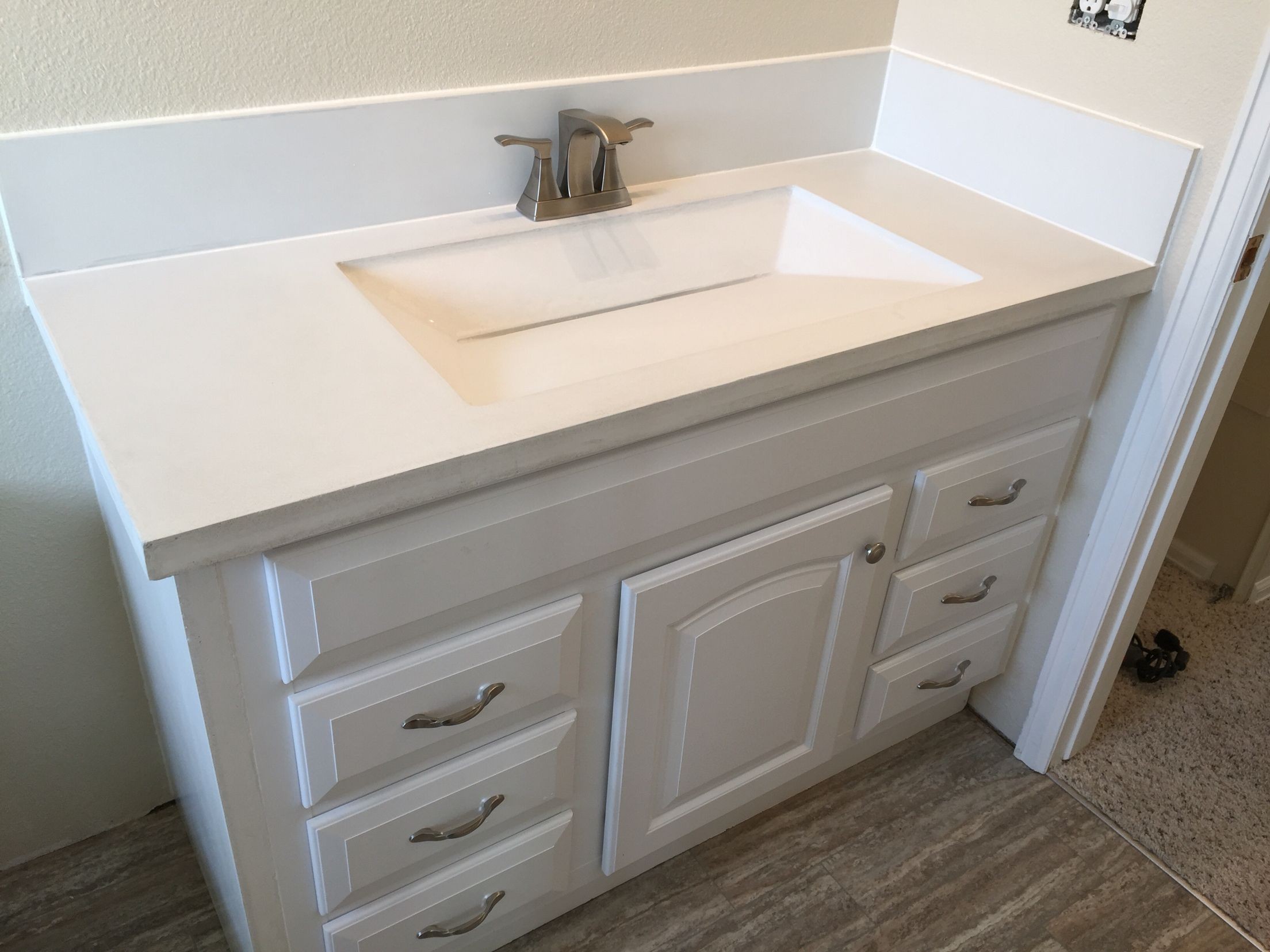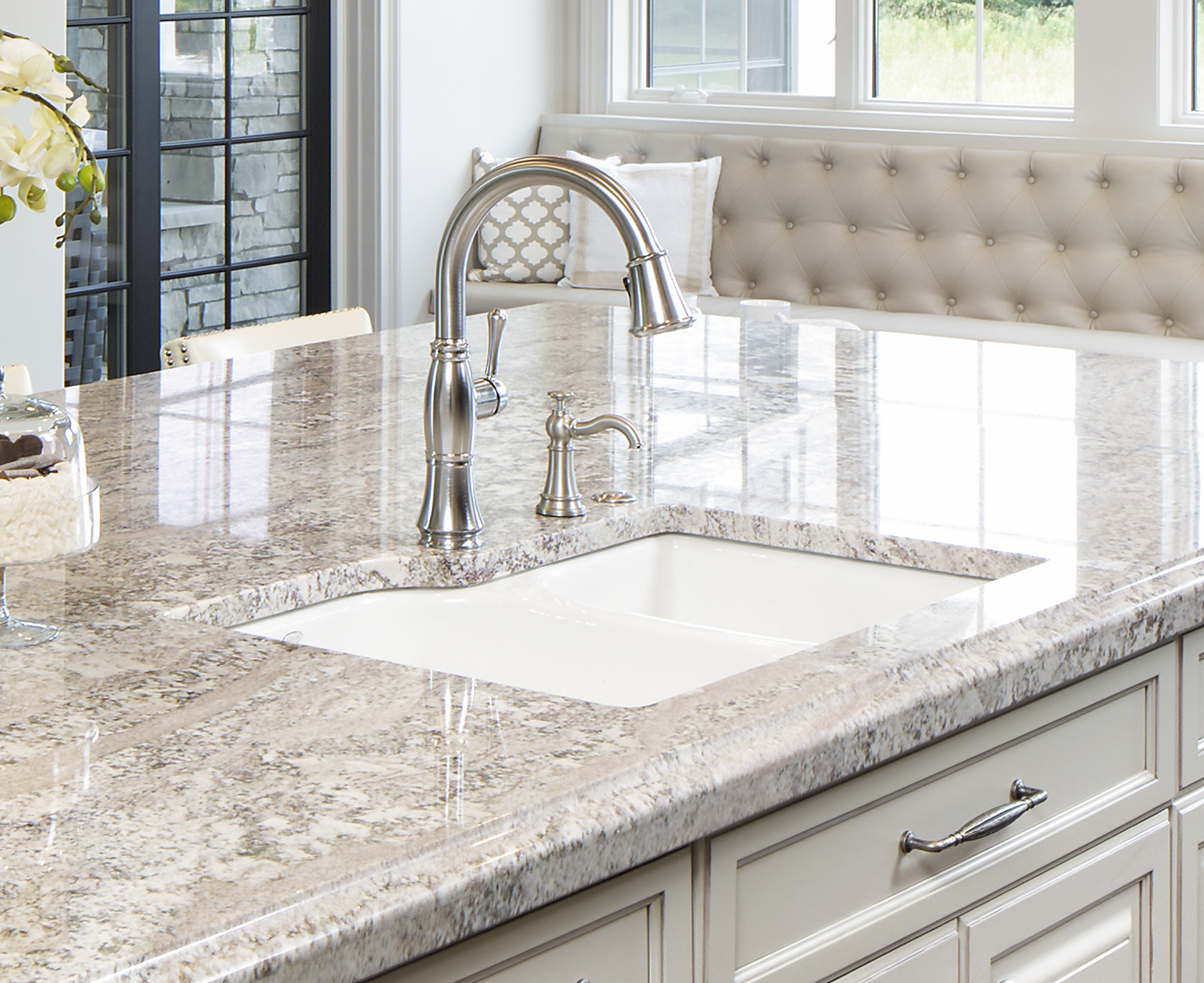Bar Sink and Cabinet Design Considerations

A well-designed bar sink and cabinet setup is crucial for any home bar, ensuring both functionality and aesthetics. Careful consideration of factors such as sink type, cabinet style, and overall design can create a space that is both practical and visually appealing.
Types of Bar Sinks
The choice of bar sink depends on the specific needs of your bar setup.
- Single Bowl Sinks: These are the most common type of bar sink, offering a spacious area for washing dishes and preparing drinks. They are suitable for smaller bars and those with limited space.
- Double Bowl Sinks: These sinks feature two separate basins, allowing for simultaneous tasks such as washing and rinsing. They are ideal for larger bars where multiple people may be preparing drinks or food.
- Apron Front Sinks: These sinks have a decorative front panel that extends beyond the cabinet, adding a touch of elegance to the bar. They are often made of materials like fireclay or stainless steel and are well-suited for modern or farmhouse-style bars.
- Undermount Sinks: These sinks are mounted beneath the countertop, creating a seamless and sleek look. They are particularly popular in contemporary bar designs and are often made of stainless steel.
Factors to Consider When Selecting a Bar Sink, Bar sink and cabinet
Several key factors influence the choice of a bar sink, ensuring it meets your specific needs and preferences.
- Size: The size of the sink should be proportionate to the size of your bar and the amount of space available. A larger sink is necessary for bars that see heavy use or where multiple people will be working.
- Material: Bar sinks are commonly made of stainless steel, copper, fireclay, or composite materials. Stainless steel is durable, easy to clean, and affordable, while copper adds a rustic charm. Fireclay is known for its heat resistance and durability, while composite materials offer a variety of colors and styles.
- Functionality: Consider the specific features you need in your bar sink, such as a drainboard, a garbage disposal, or a faucet with a sprayer. These features can enhance the functionality and convenience of your bar setup.
Bar Sink Cabinet Styles
The cabinet style for your bar sink significantly impacts the overall look and functionality of your bar.
- Open Shelving: Open shelving provides easy access to barware and glassware, creating a visually open and airy feel. However, it may require more careful organization to maintain a neat appearance.
- Closed Cabinets: Closed cabinets offer ample storage space for bar supplies, keeping them hidden from view. They are ideal for creating a clean and organized look but require doors or drawers for access.
- Under-Counter Units: These units are designed to be installed beneath the countertop, maximizing space and creating a sleek, streamlined look. They are often equipped with drawers and shelves for storing barware and supplies.
Designing a Bar Sink and Cabinet Setup for a Small Home Bar
Space limitations are a major consideration when designing a bar sink and cabinet setup for a small home bar.
- Compact Sink: Opt for a compact single-bowl sink or an undermount sink to maximize counter space.
- Multifunctional Cabinet: Choose a cabinet that offers both open and closed storage options to accommodate various bar items while maintaining a visually appealing arrangement.
- Vertical Storage: Utilize vertical storage solutions like shelves or a wine rack to make the most of limited wall space.
Bar Sink and Cabinet Installation and Maintenance

Installing and maintaining a bar sink and cabinet is a rewarding endeavor, ensuring a functional and stylish addition to your home. This section will guide you through the installation process, provide valuable maintenance tips, and highlight strategies to prevent common issues.
Installing a Bar Sink and Cabinet
Installing a bar sink and cabinet involves a series of steps, ensuring proper plumbing connections, countertop integration, and cabinet assembly.
- Planning and Preparation: Start by carefully measuring the space where you intend to install the bar sink and cabinet. This ensures that the chosen sink and cabinet dimensions are compatible with your space. Determine the location of the water supply and drain lines, ensuring easy access for plumbing connections.
- Cabinet Assembly: Assemble the cabinet following the manufacturer’s instructions. This usually involves attaching the cabinet sides, back, and shelves. Make sure the cabinet is level and stable before proceeding.
- Countertop Installation: If your bar sink is designed for countertop installation, carefully cut the countertop opening to accommodate the sink. Use a template provided by the sink manufacturer to ensure accurate cutting. Secure the sink to the countertop using appropriate sealant and fasteners.
- Plumbing Connections: Connect the water supply lines to the sink’s faucet using compression fittings or other suitable methods. Ensure the connections are secure and leak-free. Connect the drain pipe to the sink’s drain, and ensure it’s properly vented. Test the plumbing connections for leaks before proceeding.
- Final Installation: Place the assembled cabinet and countertop unit in the designated location. Secure the cabinet to the wall or floor using appropriate fasteners. Ensure the cabinet is level and stable. Connect the plumbing lines to the existing water supply and drain lines.
Maintaining a Bar Sink and Cabinet
Maintaining a bar sink and cabinet is crucial to preserve its functionality and appearance. Regular cleaning and inspections are essential to prevent potential issues.
- Cleaning Procedures: Clean the bar sink regularly with mild detergent and warm water. Avoid abrasive cleaners or scouring pads that can damage the sink’s surface. Wipe down the cabinet with a damp cloth, paying attention to areas prone to spills or splashes.
- Regular Inspections: Inspect the bar sink and cabinet regularly for any signs of damage, leaks, or clogs. Check for loose connections, cracked seals, or rust formation. Pay attention to the drain pipe for any signs of blockage or leakage.
- Preventing Leaks: To prevent leaks, inspect the plumbing connections regularly for any signs of looseness or corrosion. Use pipe thread sealant to ensure tight connections. Regularly check for any signs of leaks around the sink’s drain and faucet.
- Preventing Clogs: Prevent clogs by using a drain strainer to catch food particles and debris. Periodically clean the drain strainer and use a drain cleaner to remove accumulated debris. Avoid pouring grease or oil down the drain, as these substances can solidify and cause blockages.
- Repairing Damage: If you notice any damage to the sink, countertop, or cabinet, address it promptly to prevent further deterioration. Minor scratches or chips can be repaired using epoxy or other suitable materials. For more significant damage, consult a professional for repair or replacement.
Preventing Common Problems
By implementing preventative measures, you can significantly reduce the chances of encountering common problems associated with bar sink and cabinet setups.
- Proper Ventilation: Ensure proper ventilation to prevent moisture buildup inside the cabinet. This helps prevent mold growth and wood rot.
- Avoid Overloading: Avoid overloading the cabinet with heavy items. This can stress the cabinet structure and lead to sagging or instability.
- Regular Maintenance: Regularly inspect and maintain the plumbing connections, drain pipe, and cabinet structure. This proactive approach can prevent many potential issues from escalating into significant problems.
Bar Sink and Cabinet Inspection Checklist
A regular inspection checklist can help you maintain the functionality and longevity of your bar sink and cabinet.
- Plumbing Connections: Inspect all plumbing connections for leaks, tightness, and corrosion.
- Drain Pipe: Check the drain pipe for blockages, leaks, and proper venting.
- Cabinet Structure: Inspect the cabinet for signs of sagging, instability, or damage.
- Countertop: Examine the countertop for cracks, chips, or damage.
- Sink Surface: Check the sink surface for scratches, stains, or damage.
- Faucet: Inspect the faucet for leaks, corrosion, or damage.
Bar sink and cabinet – Bar sinks and cabinets are like the coolest combo for a modern kitchen, ya know? They’re super practical and stylish, and can really elevate the vibe. If you’re going for a sleek and timeless look, viscount white granite white cabinets would totally rock with that bar sink.
Imagine the contrast, the clean lines, it’s like a dream kitchen, man!
Bar sinks are cool, man. They’re compact and perfect for smaller spaces. But if you’re looking for something with more character, check out a farmhouse kitchen sink cabinet. They’re like, super trendy right now and add a rustic vibe to any kitchen.
Plus, they usually have more storage space, which is always a win. But hey, if you’re all about that minimalist look, a bar sink and cabinet can still be a stylish choice.
